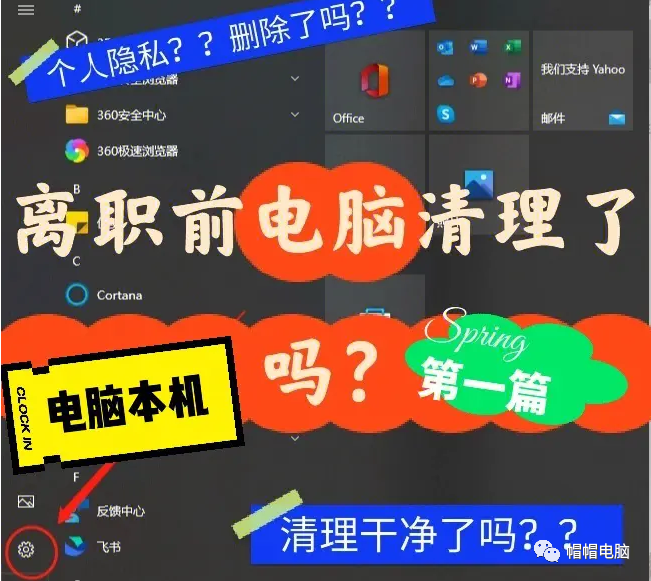内部类和异常内部类
在一个类的内部定义的一个类,例如,A类中定义了一个B类,则B类相对于A类就是内部类,而A类相对于B类就是外部类
成员内部类静态内部类局部内部类匿名内部类
成员内部类
public class outer {
private int ID;
public void out(){
System.out.println("外部类方法");
}
public class inner{
public void in(){
System.out.println("内部类方法");
}
public void getId(){
System.out.println(ID); //内部类可以获得外部类的私有属性,但是外部类使用内部类要借助内部类的对象
}
}
}这就是一个类中定义一个内部类出现内部错误,可以通过实例化这个外部类来实例化内部类
outer o = new outer();
outer.inner o2 = o.new inner();
o2.in();
o2.getId();静态内部类
上述inner类的定义中直接改为 public static inner即为静态内部类,静态内部类无法访问外部非静态属性(static会先加载)一个java类中可以有多个class类,但是这个public class之外不能再写public class
public void method(){
class inner1{
//局部内部类
public void in(){
}
}
}匿名内部类(甚至匿名内部接口)
public class internalClass {
public static void main(String[] args) {
outer o = new outer();
outer.inner o2 = o.new inner();
o2.in();
new Apple().show();
UserService use = new UserService(){
@Override
public void hello(){
System.out.println("hello");
}
};
}
}
class Apple{
public void show(){
System.out.println("1");
}
}
interface UserService{
void hello();
}这些都是非常见的用法,记录下来,这样用方便在于可以直接调用匿名内部类的方法

异常
异常和中断等具体将会写在”操作系统部分“
一般需要掌握以下三种类型的异常:
java.lang.Throwable为所有异常的超类
异常总的分为两大类:错误Error和异常Exception
Error类对象由JVM生成并抛出,大多数错误与代码编写者执行的操作无关。当运行错误时,JVM不再有继续操作所需要的内存资源,将会发生OutOfMemoryError,这些异常发生时,JVM一般会选择终止线程;
Error是程序无法控制和处理的,而Exception通常情况下是可以被程序处理的
捕获和抛出异常
简单地说,异常总是先被抛出,后被捕捉的。
异常处理5个关键字:try, catch, finally, throw, throws
int a = 1;
int b = 0;
//try 监控区域
try{
System.out.println(a/b);
}catch (ArithmeticException e ){ //捕获异常,若栈溢出的话,该类异常捕获不到,类型不同
System.out.println("发生异常,变量b不能为0");
}finally { //一般处理善后工作
System.exit(0);
}
//finally可以不要,但是在IO中,有些资源需要关闭,一般可以放在finally中处理以上为捕获异常的一个例子,若ArithmeticException e改为Throwable e,则均可被捕获。可写多个catch,相当于多个if进行判断,catch中所写的异常类型要从小到大来捕获,否则会报错
选中sout(a/b); IDEA中 ctrl+alt+T 可自动补写 try catch finally等
try {
System.out.println(a/b);
} catch (Exception e) {
e.printStackTrace(); //打印错误的栈信息
} finally {
}以上为IDEA自动补写部分
主动抛出异常,用到throw,一般在方法中使用
public static void main(String[] args) {
int a = 1;
int b = 0;
new exceptiondemo2().test(1,0);
}
public void test(int a,int b){
if(b==0){
throw new ArithmeticException();
}
}方法上主动抛出异常,则用throws
public void test(int a,int b)throws ArithmeticException{
}自定义异常类可写一个类继承于Exception,可重写打印信息方法.toString
public void doA(int a) throws Exception1,Exception3{……}
throws E1,E2,E3只是告诉程序这个方法可能会抛出这些异常,方法的调用者可能要处理这些异常,而这些异常E1,E2,E3可能是该方法产生的。throws只是告知该方法可能会产生的异常,而throw则会在具体语句抛出异常
void doA(int a) throws Exception1,Exception2,Exception3{
try{
......
}catch(Exception1 e){
throw e;
}catch(Exception2 e){
System.out.println("出错了!");
}
if(a!=b)
throw new Exception3("自定义异常");
}该段共可能出现3种异常,E1出现时,先catch后throw,而E2出现时只进行了捕获出现内部错误,后续没有抛出E2,if为自定义的判断。
throws表示出现异常的一种可能性,并不一定会发生这些异常;throw则是抛出了异常,执行throw则一定抛出了某种异常。
以上仅为内部类和异常的知识总结。
———END———
限 时 特 惠: 本站每日持续更新海量各大内部创业教程,一年会员只需98元,全站资源免费下载 点击查看详情
站 长 微 信: Lgxmw666






